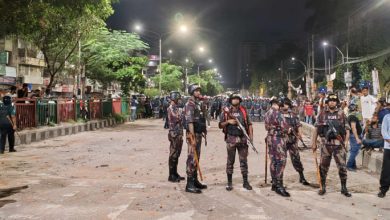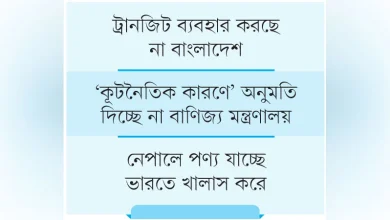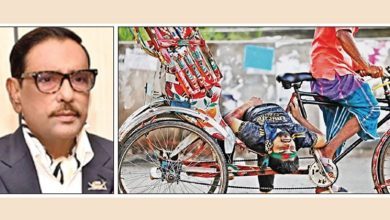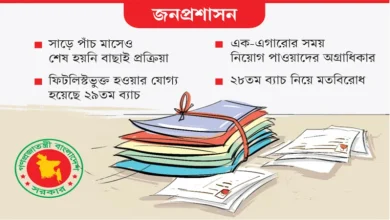Desperate move to take Tk 25b new project to eradicate child labour: Hazardous child labour
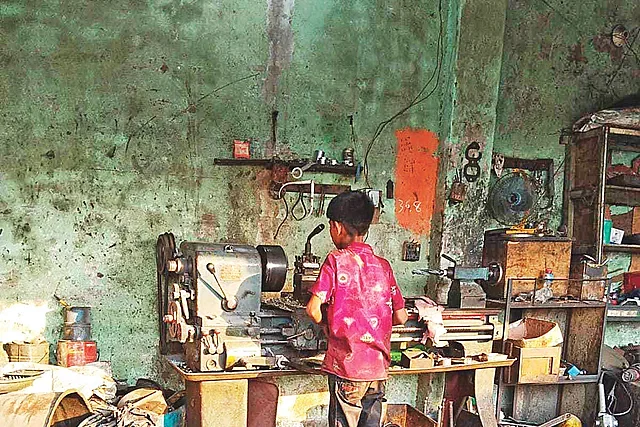
Although various projects have been undertaken and Tk 3.52 billion has been spent in 12 years to eliminate child labour, the number of child labour has not decreased.
A government survey says the child labour in the country has increased.
However, the government is undertaking a new project with an estimated cost of Tk 25 billion to eliminate child labour. Officials concerned said the project is at the preliminary stage.
Dhaka district deputy general inspector at the department of Inspection for factories and establishments, AKM Salauddin, speaking to Prothom Alo, said the government is taking a number of projects to eliminate child labour. Technical and vocational training will be included in these projects.
Experts said new projects will not yield any good result if the projects are not implemented properly.
As the previous projects were not implemented properly, those activities didn’t play any role to eliminate child labour.
According to National Child Labour Survey-2022 by the Bangladesh Bureau of Statistics (BBS), thre are around 3.5 million child labour in the country while the number was 3.4 million in 2013.
The labour and employment ministry implemented a project titled ‘Eradication of Hazardous Child Labour in Bangladesh (Phase-4)’ at a cost of Tk 2.84 billion in 2018.
Under the project, 100,000 children were given non-formal education on nine subjects for six months and skill development training was given for four months.
But the children engaged in hazardous activities were not given training. So these children could not be transferred to risk-free work.
The children could not be rehabilitated due to the financial crisis. The government is saying that the issue of rehabilitation will be included in the new project. So there is no way but to wait.
Foundation’s founder ZM Kamrul Anam
Earlier, a project titled ‘Eradication of Hazardous Child Labour in Bangladesh (Phase-3)’ with an estimated cost of Tk 680 million was undertaken. Under the project, 50,000 children were given non-formal education and skill training to bring them back from hazardous child labour.
According to National Child Labour Survey-2022 by the Bangladesh Bureau of Statistics (BBS), there are around 3.5 million child labour in the country while the number was 3.4 million in 2013.
Of these child labour, 10,70,000 children are engaged in hazardous child labour.
INCIDIN Bangladesh executive director AKM Masud Ali said various programmes undertaken for marginal children have been affected due to coronavirus. Many children dropped out from the schools.
Many families have engaged their children in work because of the economic crisis. As a result, the child labour has increased.
While visiting Talpotti area in Jinjira of Keraniganj on 24 April, Ramzan, 14, (not real name) was seen working in an aluminum factory. He is the eldest among two brothers and a sister. His father is a rickshaw puller and mother is a housewife. Ramzan works from 7:00am to 5:00pm. He gets a salary of Tk 7,000 a month. His father has compelled him to work.
There are about 1000 small and cottage industries in and around the Talpotti area. Around 500 labourers work in these factories.
Talpotti Small and Cottage Industries Business Owners Association president Akhtar Jelani said he does not know the government has taken initiatives to bring back children from hazardous work.
While visiting Talpotti area in Jinjira of Keraniganj on 24 April, Ramzan, 14, (not real name) was seen working in an Aluminium factory. He is the eldest among two brothers and a sister. His father is a rickshaw puller and mother is a housewife. Ramzan works from 7:00am to 5:00pm. He gets a salary of Tk 7,000 a month. His father has compelled him to work.
According to the National Child Labour Policy-2010, the main reason of child labour is economic crisis. If the earning member of a family dies, it becomes very difficult to support the children. Thirdly, people displaced by the natural calamities come to the city and face extreme poverty.
The poor families cannot meet educational expenses after fulfilling the daily necessities. So the families engaged their children in work.
The purpose of the policy is to formulate short, mid and long-term strategies, to enact laws to eliminate child labour and so on. But the policy has not been implemented after 14 years.
Bangladesh Labour Foundation conducted a survey on the child labour in Keraniganj in 2022. According to the survey, 15,000 children are working in various informal sectors. The purpose of the survey was to collect detailed information on the children and to rehabilitate them. But these children could not be brought back from the labour due to the financial crisis.
Foundation’s founder ZM Kamrul Anam said the children could not be rehabilitated due to the financial crisis.
He also said the government is saying that the issue of rehabilitation will be included in the new project. So there is no ways but to wait.

